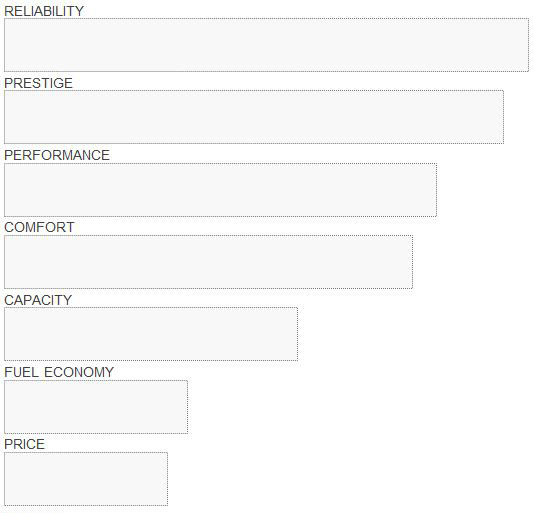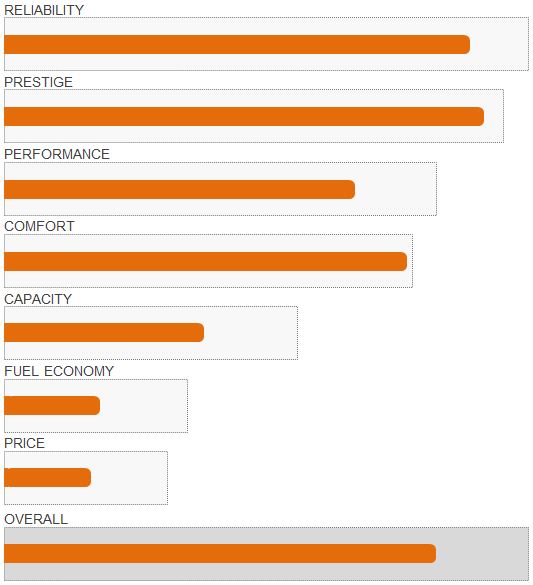What is Product-Market Fit?
Product Market Fit is a magnetic force that attracts and binds customers to products. The better the fit, the higher the market share, the more loyal customers tend to be, and the more difficult it is for a competitor to lure customers away.
High fit means low customer acquisition cost, high loyalty, high lifetime customer value, and high net promoter scores. Low fit means high customer churn, high customer acquisition costs, and low loyalty. It really is like a magnet: in one polarity it attracts customers, and in the other it repels them. Marc Andreessen put it very well:
You can always feel (high) product/market fit when it’s happening.
The customers are buying the product just as fast as you can make it — or usage is growing just as fast as you can add more servers.
Money from customers is piling up in your company checking account. You’re hiring sales and customer support staff as fast as you can. Reporters are calling because they’ve heard about your hot new thing and they want to talk to you about it. You start getting entrepreneur of the year awards from Harvard Business School.
Investment bankers are staking out your house. You could eat free for a year at Buck’s.Mark Andreessen
Understanding the mechanics of Product-Market Fit unlocks many valuable tools for innovators. So let’s dig in.
What is Fit?
First of all, what is fit? When Cinderella slides her foot into the glass slipper, she finds that the shoe fits. That is, the dimensions of her foot and the dimensions of the shoe are a match. Product-Market fit is the level of match between what customers want and what a product provides.
We call what customers want the Customer Value Model. We call what the product provides the Product Performance. The precision of the fit between the two is quantified as Quantitative Product-Market Fit: Q-PMF.
What is the Customer Value Model?
In order to quantify Product-Market Fit, we need to quantify both the Customer Value Model and Product Performance. The Customer Value Model has two components. The first component is the set of Value Dimensions – the things customers care about. For example, if the product category is automobiles, the value dimensions will include things like:
- Reliability
- Prestige
- Performance
- Comfort
- Capacity
- Fuel Economy
- Price
The second component of the Customer Value Model is the relative importance of these value dimensions, known as the “weight” of each dimension. The weight of each value dimension indicates how big a role it plays in purchase behavior by that customer segment. We can depict this graphically:

In this example, Reliability and Prestige are the value dimensions with the highest weight. That means that products that deliver a lot of Reliability and Prestige will powerfully attract customers in this segment. Price and Fuel Economy are the lowest weight value dimensions. Having great gas mileage and pricing will attract customers, but not nearly as much.
That’s all there is to the customer value model: a set of Value Dimensions, and a relative weight for each. In all product categories, for all product segments, at any point in time, a customer value model like this is driving purchase behavior and determining the market share of competitive products.
What is Product Performance?
Product Performance is a measure how how well specific products deliver on the value dimensions in the Customer Value Model. We depict this graphically the same way:

The orange bars represent how well a particular product performs in each Value Dimension. Overall, this product looks pretty good. In the Comfort Dimension, the fit is almost perfect. It also does well in the primary Value Dimensions of Reliability and Prestige. It’s capacity, fuel economy, and price are not great, but those things don’t matter as much to the customers who share this value model.
At the bottom of this diagram the overall Product-Market Fit for this product is shown. The closer the orange bar matches the gray bar, the better the fit and the higher the market share this product will acquire.
Didn’t I Hear Someone Say, “Quantitative?”
In this section we’ve just started to dig into Product-Market Fit. The concepts of Customer Value Model and Product Performance are the basic building blocks; necessary, but not all that interesting on their own. I promise you, in the next two sections it’s going to start to get interesting. And after that it is going to get REALLY interesting. Here’s what’s coming:
- Quantitative Product Market Fit: How to quantify PMF
- ΔV (Delta-V) and the Innovator’s Secret Formula: How to compare the “Fit” of different products.
- The Innovator’s Toolkit: Using Q-PMF for profitable innovation